by Angela Wiseman & Ally Hauptman (2022 Co-Chairs) We invite you to join us for our annual Children’s Literature Assembly Breakfast at the 2022 NCTE Convention featuring the award-winning author-illustrator Jerry Craft! Our breakfast is on Sunday November 20th, starting at 7am (PST) and takes place in Ballroom D at the Anaheim Convention Center. The CLA breakfast is not to be missed! As you have seen in other blog posts, we will present awards, have an art auction and book raffle, and then Jerry Craft will speak and sign books afterwards! You need a ticket to the CLA Breakfast to attend. If you have already registered for the NCTE conference, but would like to purchase a ticket to the breakfast, the easiest way to do this is to call NCTE directly at (877) 369-6283. We would like to present some background on the esteemed, award-winning author-illustrator, Jerry Craft. As Publishers Weekly described in a book review about New Kid, Jerry Craft masterfully creates realistic stories that feature real life characters, “deftly weaving discussions of race, socioeconomics, colorism, and solidarity into an accessible narrative.” We were first introduced to his work when we read New Kid, which was published in 2019. New Kid is part of a trilogy; Class Act is the second book and the third will be released in the near future. This fantastic book about Jordan Banks describes his experiences dealing with life as an adolescent while attending a private school where he doesn’t always fit in. He’s one of the only students of Color at this school and experiences prejudice and racism as he realizes how both race and socioeconomic factors impact the way people treat each other. Jerry Craft is motivated to show realistic portrayals of children in his books, but he also really wants children, particularly children of Color, to see themselves in his stories.
If you regularly attend the CLA Breakfasts at NCTE, you know what a wonderful experience they are! But if you haven’t, we welcome you to join us! It’s a great opportunity to meet other people who are passionate about children’s literature, hear an amazing author-illustrator, purchase raffle tickets for wonderful books, and possibly bid on art from children’s illustrators! We hope to see you there! Angela Wiseman and Ally Hauptman Ally Hauptman is a CLA Board Member and co-chair of the 2022 CLA Breakfast Committee. She is an associate professor at Lipscomb University in Nashville, TN. Angela Wiseman is a CLA Board Member and is co-chair of the 2022 CLA Breakfast Committee. She is an associate professor of literacy education at North Carolina State University. By Susan PolosAt the beginning of each school year, teachers flock to public and school libraries in search of familiar or new back-to-school books to read to classes as they welcome students to a new school year. There is no shortage of titles from which to choose. Typical displays in most libraries showcase dozens of choices. Many picture book series feature a well-known character going back to school. Froggy, the Pigeon, the Pout-Pout Fish, Llama Llama and Lola are just a few familiar characters who face their fears and find that school is a happy place. School itself may be the focus of the read-aloud. This Is a School by John Schu, illustrated by Veronica Miller Jamison, lets children know that school is not just a place but is also a collection of people, grown up and young, whose diverse identities enrich the process of learning. School’s First Day of School by Adam Rex, illustrated by Christian Robison, turns the perspective from the student experience to the experience of the personified school building, which is happy when children are happy and playfully squirts water from the water fountain in the face of a child who has something negative to say about school. A perennial favorite in many classrooms is First Day Jitters by Julie Danneberg, illustrated by Judy Love. The story follows a reluctant protagonist who resists all efforts to get ready for school. Only at the end is it revealed that this character is actually the teacher. This offers the opportunity for students to appreciate that their teacher is a person, too, who may have feelings about the new year that are complicated, just like their own. It is also funny, and first days are better when the class can share a laugh. Beyond the first-day-of-school perspective from the school and teacher, there’s even a book about the first day of school from the point of view of the bus, Little Yellow Bus by Erin Guendelsberger, illustrated by Suzie Mason. The bus, like the teacher, is nervous, but he pushes through and has a great first day! Children’s literature provides positive examples of children’s agency in the face of new experiences. The Queen of Kindergarten by Derrick Barnes, following The King of Kindergarten, both illustrated by Vanessa Brantley-Newton, is the story of a child who is primed to be successful by her family as she internalizes their praise and deep respect. A fun detail occurs as she is asked to select a book for a classroom read aloud and selects Crown, a book by the same author. Another book that shines light on attitude is I Got the School Spirit by Connie Schofield-Morrison, illustrated by Frank Morrison. This book will create excitement in the classroom as students appreciate that they bring the enthusiasm necessary to shape a strong community. The Day You Begin by Jacqueline Woodson, illustrated by Rafael López is a book that will help students who worry that they might not fit in. It will open conversation about the value and importance of welcoming and appreciating everyone and provide a springboard to celebrate differences and to find similarities. This can be paired with All Are Welcome by Alexandra Penfold, illustrated by Suzanne Kaufman, a picture book whose simple message of inclusivity is told in rhyme and reinforced with the images of happy and diverse children. Every school year is new as students move through different grades, and first days are the subject of books for older students as well as the very young. Beyond picture books, check out the early chapter book Harry Versus the First Hundred Days of School by Emily Jenkins and illustrated by Pete Oswald. Harry is in first grade, and each chapter follows the calendar academic year as he experiences the ups and downs of the school year. For added fun, the author refers to over a dozen picture books which can be read aloud during the school year, including Last Stop on Market Street by Matt de la Peña, illustrated by Christian Robinson, and Niño Wrestles the World by Yuyi Morales. Middle schoolers will love New Kid and Class Act by Jerry Craft, graphic novels that follow Jordan, a new student, and his friends as they navigate middle school. There are many more titles not included here, and this is just a sampling, barely scratching the surface of what is available. First day worries are ubiquitous, and books can normalize the sense of unease while bringing classes together to laugh and to consider how creating a sense of belonging for all can set the tone for the whole year. Susan Polos is the middle school librarian at Greenwich Country Day School in Greenwich, Connecticut, and is a CLA member. BY WENDY STEPHENS In addition to the ALSC awards described in the previous post, the Young Adult Library Association (YALSA) also designates award-winning and honor books for adolescent literature. Among the best-known awards for adolescent literature is the Michael L. Printz Award for Excellence in Young Adult Literature, administered by YALSA. However, there are many other opportunities to learn about exceptional literature for teens. The life and legacy of Margaret A. Edwards are honored through two award designations:
A shortlist of finalists for two of YALSA's flagship awards -- the YALSA Excellence in Nonfiction for Young Adults Award, honoring the best nonfiction books for teens and the William C. Morris Award, which honors a debut book written for young adults by a previously unpublished author, are announced in December, with the winner of each being part of the press conference.
In addition to designating award books, YALSA also compiles book list resources that can aid librarians and teachers in selecting books that appeal to young adults. A decade ago, YALSA moved four of its lists onto The Hub, its literature blog platform, so that youth services librarians involved in collection development could benefit from more real-time input. All four categories post throughout the year, leading to year-end lists reflecting that year's best titles. Those include:
Outside the Monday morning announcements, there are myriad other titles to explore. Among those, the United States Board on Books for Young People (USBBY) uses Midwinter to announce its Outstanding International Books (OIB) list showcasing international children's titles -- books published or distributed in the United States that originated or were first published in a country other than the U.S. -- that are deemed the most outstanding of those published during that year. RISE: A Feminist Book Project for ages 0-18, previously the Amelia Bloomer Project, is a committee of the Feminist Task Force of the Social Responsibilities Round Table (SRRT), that produces an annual annotated book list of well-written and well-illustrated books with significant feminist content for young readers. There are even genre fiction honors. For the past four years, the Core Excellence in Children’s and Young Adult Science Fiction Notable Lists designates notable children’s and young adult science fiction, organized into three age-appropriate categories, also announced at Midwinter. Next year, we will have another treat to look forward to when the Graphic Novel and Comics Round Table (GNCRT) inaugurates its Reading List. That's a lot of books! What are the can't-miss titles? I train my students to look for overlaps, like Candace Fleming winning this year for information text across age ranges. What does it indicate when the Sibert and YALSA's Nonfiction Award overlap? When a book is honored by both the Printz and YALSA Nonfiction? Though the in-person announcement is exhilarating, especially the view from the seats at the front of the auditorium reserved for committee members, the webcast approximates its energy and allows you to share with students in real-time. To make sure you catch all of the lists, follow the press releases from ALA News and on twitter. Until next January! Wendy Stephens is an Assistant Professor and the Library Media Program Chair at Jacksonville State University. BY ADAM CRAWLEY Before becoming a teacher educator, I taught in elementary public schools for twelve years. The affordances of technology – particularly in connection to literacy and literature – have long been an interest of mine. While I’ve always aimed to stay current with what’s available and to consider increasingly innovative, meaningful, and critical use, I have gleaned much from countless others who are generously sharing resources via social media and other networks…particularly during these past few days and weeks with shifts in instruction due to COVID-19. While an abundance of online children’s literature resources is available – and resources continue to grow from educators, librarians, authors, illustrators, and publishers – Epic! has been particularly helpful in my work teaching a children’s literature course for pre-service teachers at Oklahoma State University. Epic! For those unfamiliar with Epic, it provides a vast collection of children’s literature including picturebooks, chapter books, and graphic novels. As stated on the site’s homepage, users can “instantly access 35,000 eBooks, learning videos, quizzes and more for K-5.” Many of the books available are recent publications and award/honor recipients. The site includes books diverse in representation (e.g., race, ethnicity, gender identity and expression, social class, language, etc.) and genre. Just a few of the many books available include El Deafo (Bell, 2014), When Aidan Became a Brother (Lukoff, 2019), and The Princess and the Warrior (Tonatiuh, 2016). One of my particular favorites is the bilingual picturebook Sora and the Cloud (Hoshino, 2011), exquisite with its soft mixed media illustrations and Japanese translation. In addition to digital versions of printed books, the site includes audiobooks and “read-to-me” books with the option to add text highlighting. I emphasize to the pre-service teachers the importance of such features for emergent readers. There are numerous ways to explore what’s available in Epic. Users can type a title, author, illustrator, or topic into the search bar; hover over “Explore” in the menu to see options for various subject areas (such as “narrative nonfiction” in English Language Arts or “geometry” in Math); or browse curated collections by other users. Educators can also add their students – whether K-12 or beyond – and assign books to them within the site. As I want the pre-service teachers to have access to and use this resource beyond our semester together, I encourage them to create their own free account as an educator. Educators can create an Epic! for Educators account. Adam Crawley is Assistant Professor of Literacy Education at Oklahoma State University. He is also Co-chair of CLA's 2021 Master Class.
|
Authors:
|
CLA
About CLA
|
Journal of Children's Literature
Write for JCL
|
ResourcesCLA-sponsored NCTE Position Statements
|
Members-Only Content
CLA Video Library
|
© COPYRIGHT 2018.
ALL RIGHTS RESERVED |

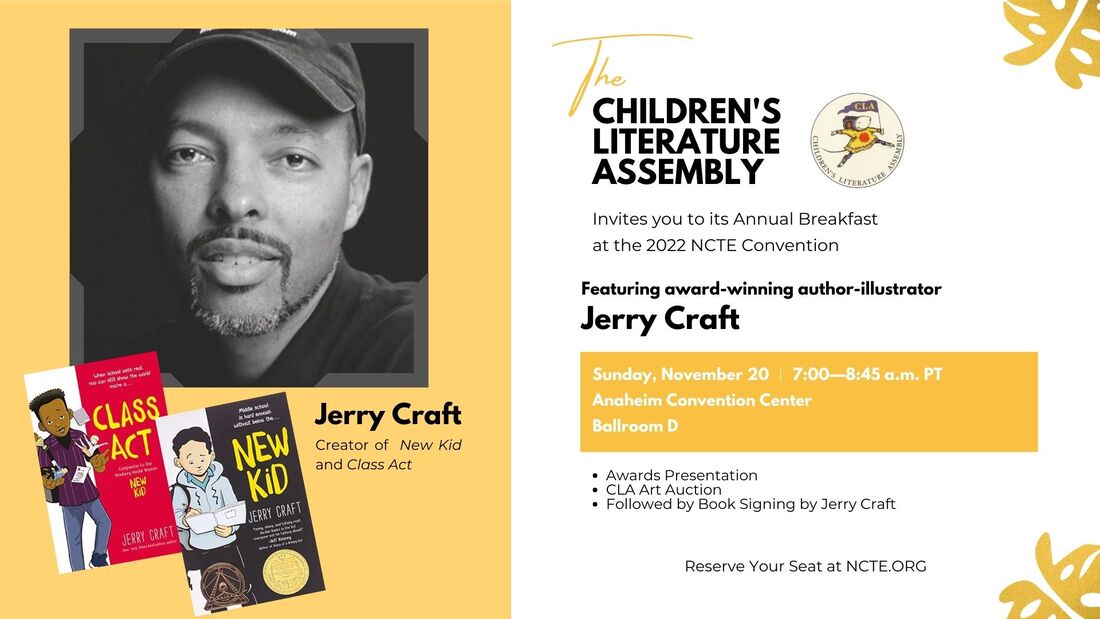
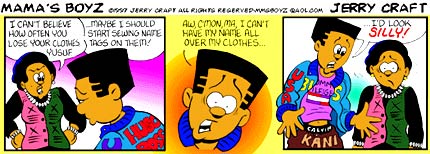
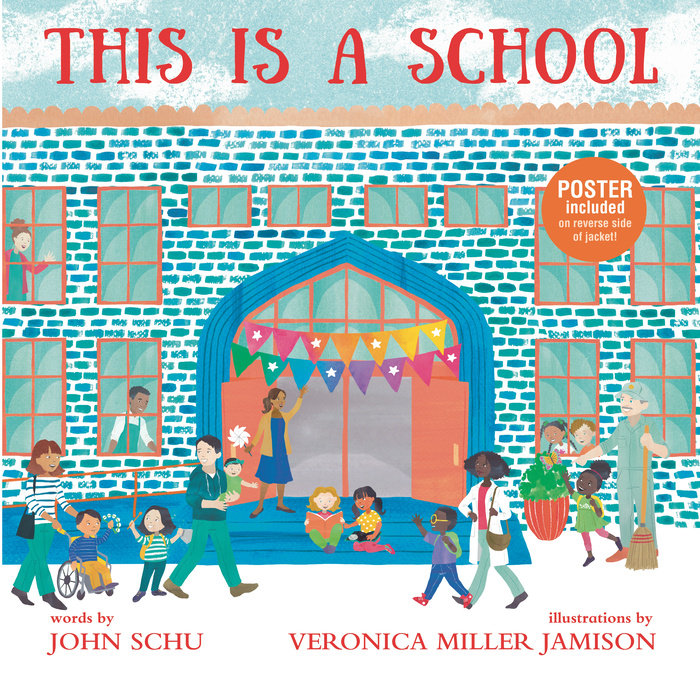
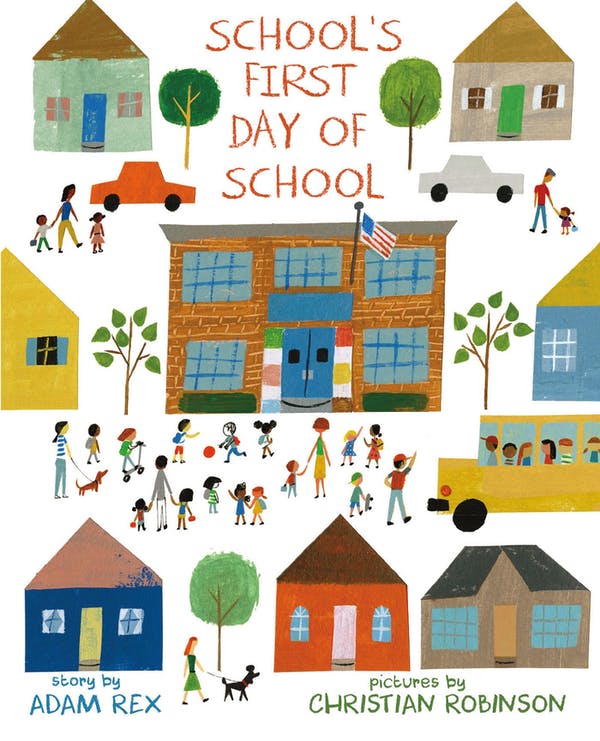
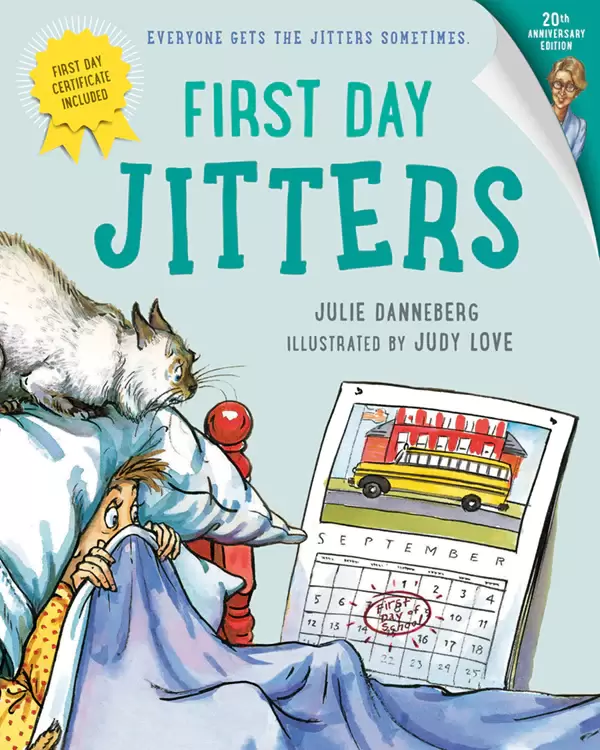
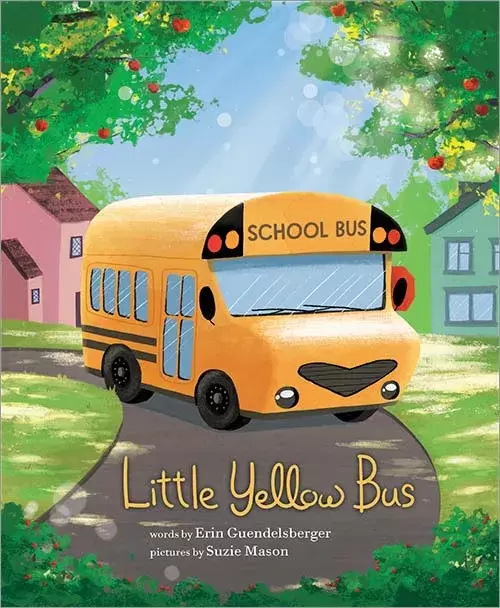
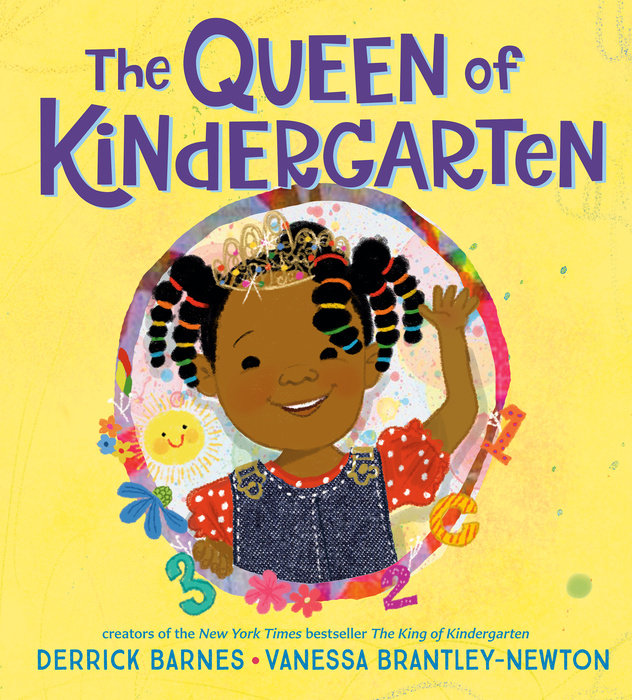
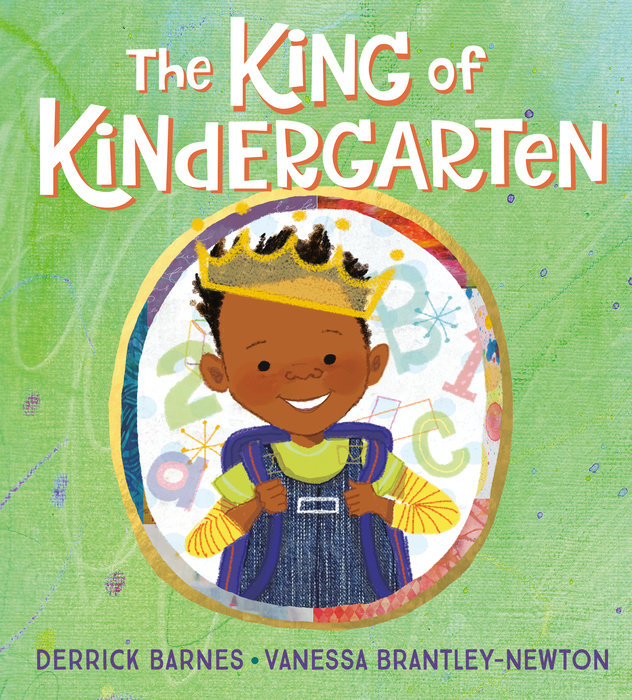
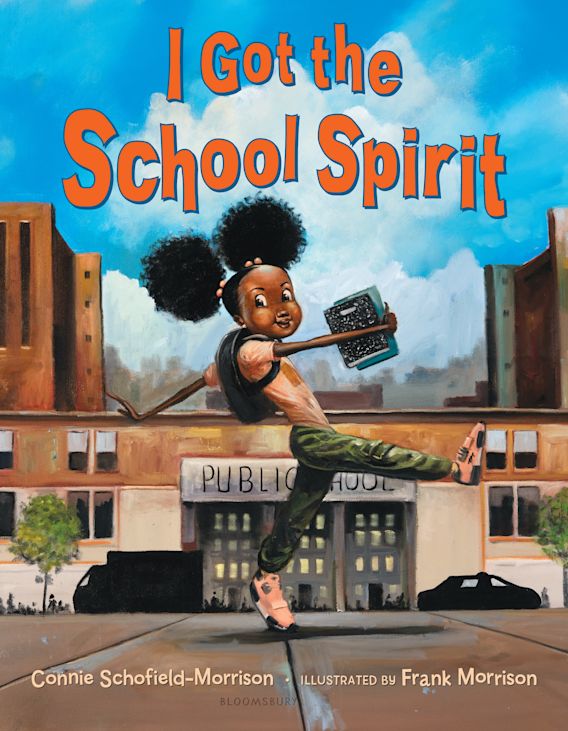
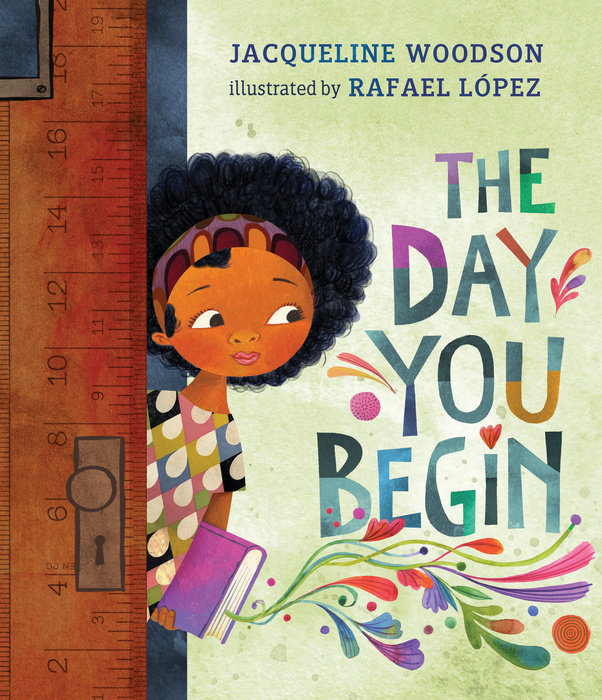
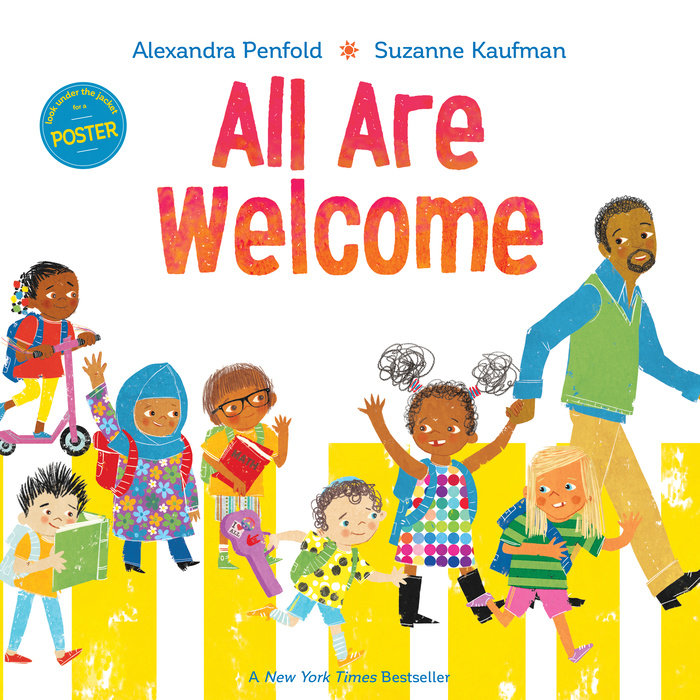
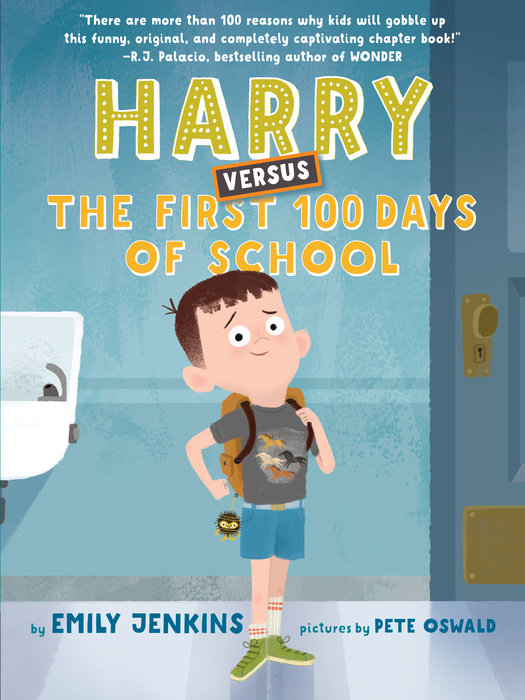
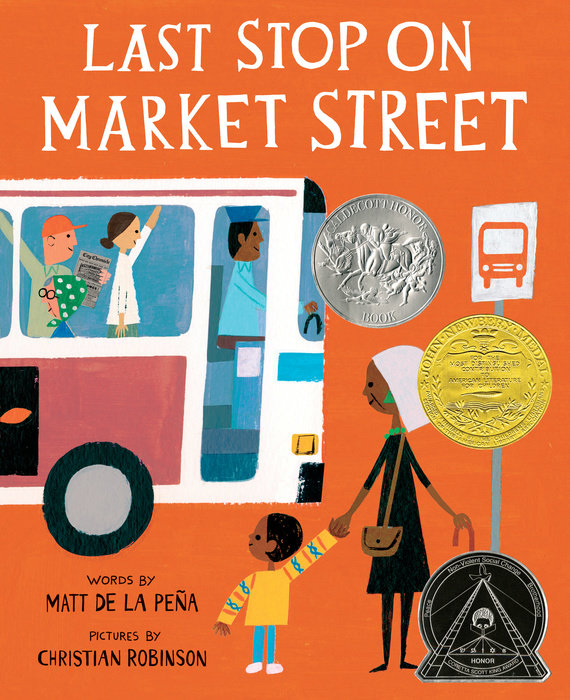
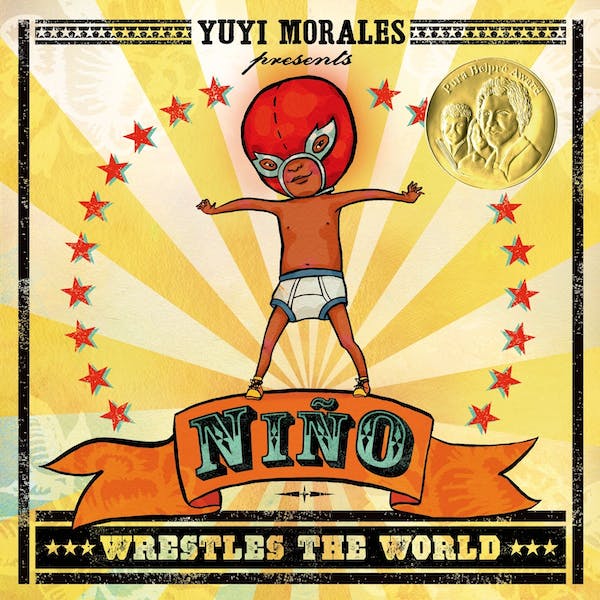
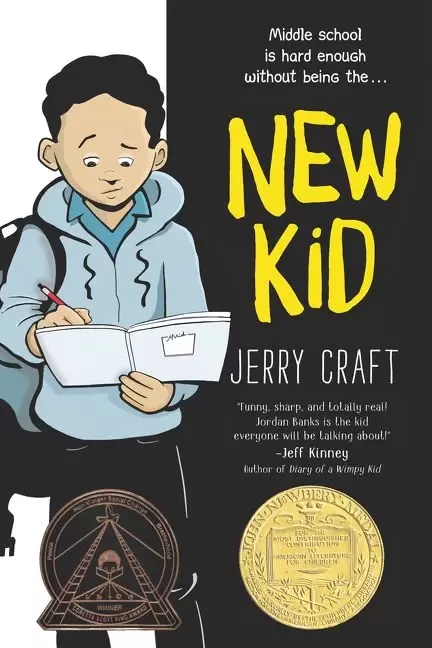

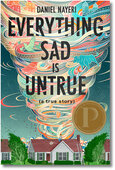
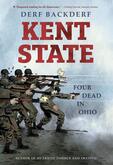
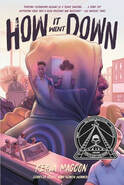
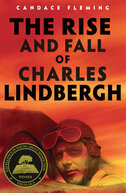
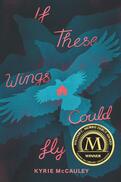
 RSS Feed
RSS Feed